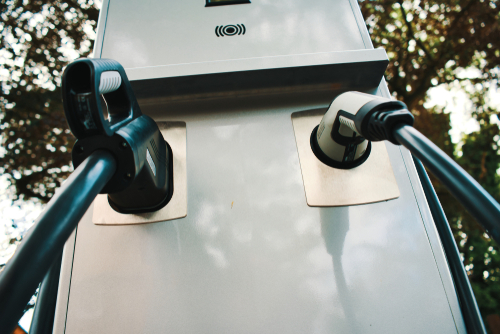Belgium (Brussels Morning Newspaper) Transport and mobility are an essential part of our daily lives, affecting the well-being of European citizens. Sustainable alternative fuels and their infrastructures, such as electric or hydrogen charging, play a key role in the transition towards successful decarbonisation of the transport sector. However, the transformation towards clean and sustainable road transport can only succeed if we gain people’s acceptance of it.
It’s a chicken and egg question. What do we need first – climate-neutral vehicles for which we build an infrastructure or an infrastructure for alternative drives?
If sufficient infrastructure is not in place, the industry faces a substantial risk of stranded assets. Moreover, neither consumers nor manufacturers are ready to fully buy or manufacture alternative powertrains. The development of infrastructure will provide the right incentives to fulfil the obligations under the Paris Climate Agreement and to reach climate neutrality by 2050. This applies to both electric vehicles and hydrogen-based vehicles.
According to my adopted report, at least one charging station should be available every 60 kilometres along main routes and a hydrogen station every 100 kilometres.
The user-friendly harmonisation of ad hoc payments was a key issue Until now, each Member State has been able to decide for itself which payment options are offered at the charging station, as there was no uniform EU regulation on this. My report calls for the possibility of card payment. Everyone should be able to charge as easily as possible at a charging station and pay with their credit or debit card. Surveys suggest that about two-thirds of respondents would like to see a simple card payment at the charging station. Charging electricity should be as easy as filling it up with petrol! For me, the premise counts The more consumer-friendly the charging, the higher the acceptance for alternative powertrains – and thus also better for the climate goals and traffic emissions.
All publicly accessible charging and filling stations should also be fully accessible for people with limited mobility. In addition, charging station operators must be obliged to display the ad hoc price in “price per kWh” before a charging process begins. Furthermore, in order to enable better management of the electricity grid and ultimately bring about lower electricity prices for consumers, all charging stations should be able to charge smartly.
In the automobile sector, electromobility will prevail. But hydrogen is an important alternative fuel for trucks, aircraft, and ships. It could make us independent of fossil fuels. Hydrogen from renewable sources can be a clean alternative to fossil fuels. It can make an important contribution to the energy transition. However, hydrogen only makes up a small part of the European energy mix, as renewable hydrogen is not yet competitive and often expensive.
The plans of the major truck manufacturers indicate that fuel cell trucks will be ready for series production in 2026. I, therefore, propose to introduce a hydrogen infrastructure for trucks from 2027. This is far more ambitious than the Commission’s proposal.
For seaports, I also call for the development of the infrastructure for hydrogen from 2030 onwards. In addition, I propose to further explore other modes of transport for hydrogens, such as rail or air transport.
A sanction mechanism for the member states, unfortunately, did not get a majority in the committee vote. Member states that do not comply with this should pay 1000 euros per uninstalled charging station. I will bring this proposal back to the vote in the Plenary. In addition, it is under discussion that the Member States develop sanctions against charging station operators who do not maintain charging stations or do not allow card payments.
Finally, I am convinced that it is important to improve the transparency and quality of the data that charging and refuelling station operators will collect. Therefore, we urge the Commission to set up a European access point connecting all national access points. The aim is to create an EU app or interface that will allow users to access a comprehensive EU-wide map and route planner listing all publicly accessible charging and refuelling stations with all relevant information. Next up is the vote in the plenary of the European Parliament. If the plenary adopts my report, the trilogues with the EU Commission and the Council will start shortly afterwards.



